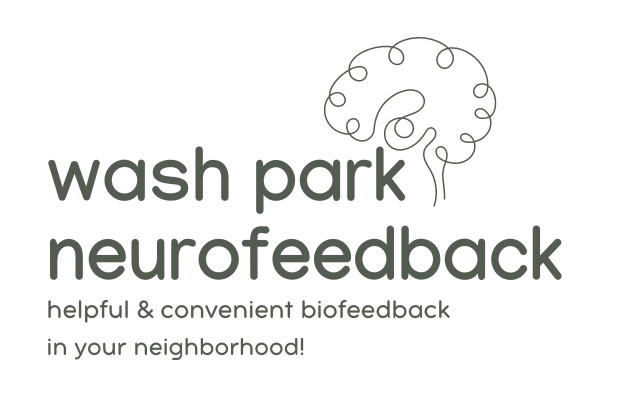Can neurofeedback be harmful?
Quite the opposite. Most clients feel a sense of calmness and even euphoria during sessions. Plus, after your initial session, you can even treat yourself in the privacy and comfort of your own home.
Yet, like any treatment, there are pros and cons of neurofeedback. Let’s take a look at them together here.
The positives are:
- Non-invasive
- Medicine free treatment
- Holistic
- Complementary to other treatments
- Effective
- No negative or adverse reactions have ever been reported
The negatives are:
- It takes time to achieve the desired effects
- It can be expensive (yet, with the option to rent your machinery, it is becoming more and more accessible)
- It can require maintenance
- Healing looks different for everyone
When we look at the pros and cons of neurofeedback, the cons are really the same as any other modality. You have to stick with it, or come back to it when you need it again (and recognize when you do).
And, you have to be realistic with your results. Everything worth doing, takes time and investment. So, when you consider the cons of cost and time, with the benefit of a potentially long lasting, medication free way to heal yourself, you may find that the pros outweigh the cons, or vice versa.
Neurofeedback can help with:
- addictions
- anxiety
- anger management
- chronic fatigue syndrome
- eating disorders
- headaches/migraines
- learning disorders
- obsessive compulsive disorder (OCD)
- oppositional defiant disorder (ODD)
- pain management
- postpartum depression
- PMDD
- insomnia
Busy moms, entrepreneurs, athletes, and other high performing individuals also use this type of biofeedback to increase focus, decrease stress, and enhance their performance. It is truly useful for anyone wanting to fine tune their emotions and responses to stress and triggers. The other positive to neurofeedback is that it can typically be used in conjunction with most other therapeutic modalities. It doesn’t hurt, and usually just gently amplifies other therapies.

